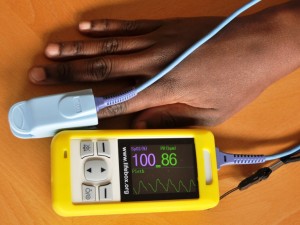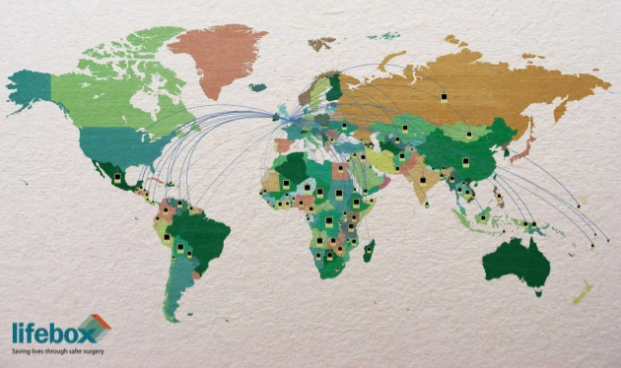The Power of Pulse Oximetry
Road traffic accidents.
Congenital heart defects.
Maternal mortality.
Pneumonia.
This is the permafrost of public health, killing tens of millions of people worldwide each year.
But there’s a singular piece of medical equipment increasingly recognised as critical in the resistance. It enhances treatments and reduces deaths from each of these conditions, and it’s called a pulse oximeter.
At Lifebox we know, to the power of 12,000 and counting, what a lifesaving difference this device can make.
So earlier this month, we were delighted to once again join a range of experts for a panel hosted by Leith Greenslade and the Pneumonia Innovations Team. The goal: to show just how wide-ranging the application of oximetry can be, and to call for investment in the technology on a global scale.
Researchers Beth Payne and Matt Weins at the University of British Columbia presented work showing the value of pulse oximetry in managing both pre-eclampsia, a major cause of maternal mortality worldwide, and in planning for safe hospital discharge for children.
Robert Koppel from Northwell Health, shared a life’s work on the life-saving impact of pulse oximetry screening for congenital heart defects.
And we shared our experiences with pulse oximetry making anesthesia and surgery safer.
An oximeter is a non-invasive machine that reads and reports the level of oxygen circulating in your blood stream. A small sensor, clipped onto the finger or the ear, detects the slightest change in colour saturation, while an algorithm converts it to a percentage. The oximeter beeps with your heart, and the tone changes in harmony with any change in your saturation.
A pulse oximeter, in short, tells you how well a body is breathing.
Clearly the technology has come a long way since its first application as an early warning sign of fighter pilots about to pass out at high altitude.
Out of the sky and into the hospital – first in operating rooms in the 1980s, then whole departments, and gradually – though not nearly fast enough – across continents, oceans and out to healthcare workers in the most rural settings.
What a privilege to join such a passionate group of individuals and organizations, so intelligently leveraging this small piece of technology against problems that cost millions of lives – and into programs that could save them.



